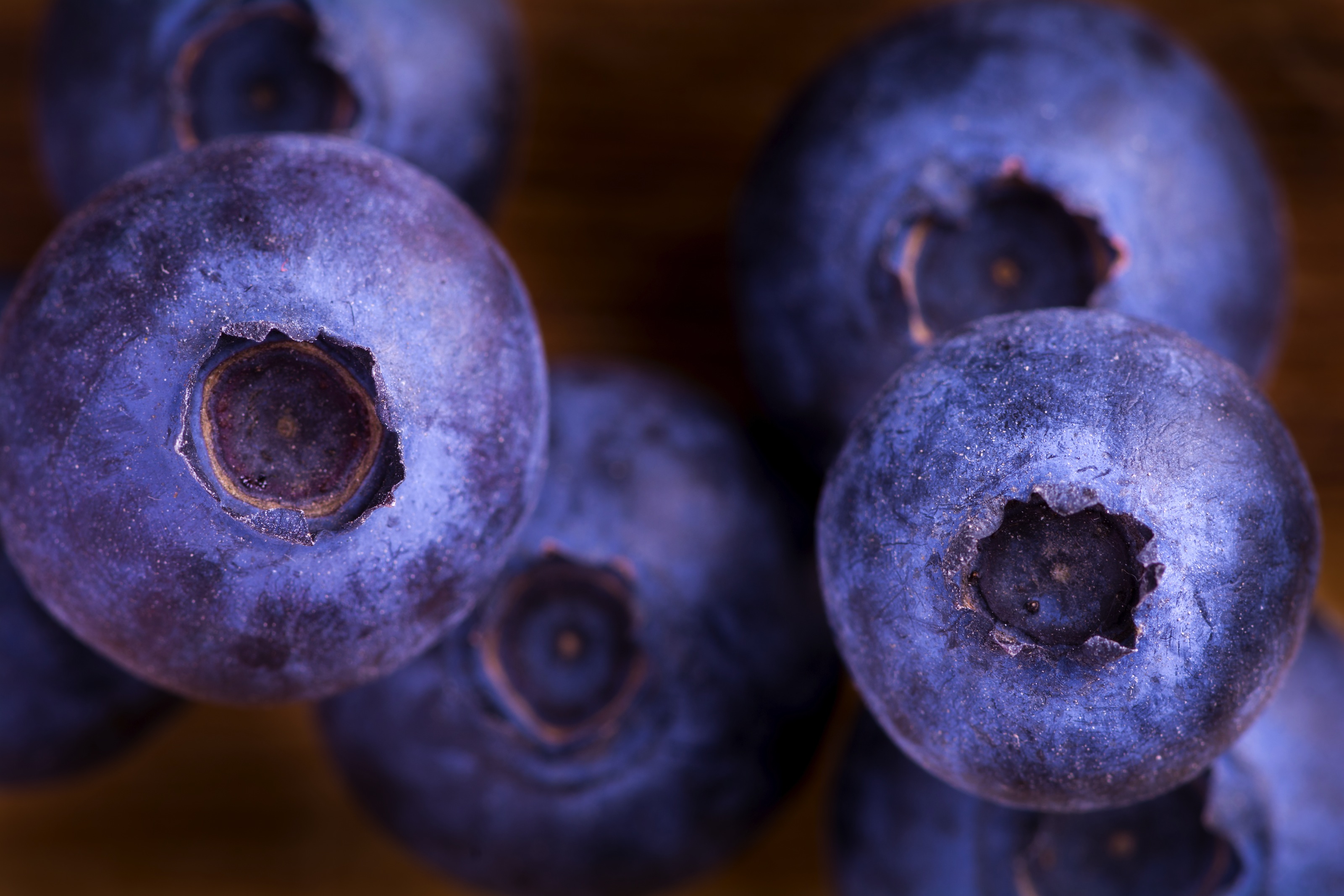Canada: BC blueberries prove up to the task for China-bound seafreight
Results may have been mixed for the first full season of Chinese market access for British Columbia blueberries, but exporters can take heart in the success of ocean shipment trials as well as premium prices for the right varieties and sizing.
Sutherland Produce was the only Canadian company to export blueberries to mainland China last year, and director Rick Chong believes his group may have exported more than all the other companies combined in the recent campaign.
“The reason is we’re very strong in cherries – that’s our main commodity so we already have all the contacts. All our cherry buyers buy blueberries as well, so it’s a great addition for our company,” Chong told www.freshfruitportal.com during Asia Fruit Logistica in Hong Kong last week.
“The season was three weeks early so it overlapped too much with the Chinese domestic product. Maybe we sent 100 pallets which was okay.
“We did a lot of ocean tests this year on the Canadian crop and they went very well. We were able to manage to keep the blueberries for up to 40 days, so next year now that we’ve done the test we’ll do a lot of ocean blueberry shipments starting in July next year.
SVA Fruits, which is a Shanghai-based joint venture between Naturipe shareholder Hortifrut and Chilean grower San Clemente, was also able to bring Canadian blueberries into China through a mix of airfreight and seafright.
Business development manager David Smith highlighted the Chilean blueberry industry had learned a lot about exporting fruit to China, but Canada was just starting and still learning.
“It was mixed. I’d say overall we shipped much less than we had planned and hoped – we had small programs by air and by sea,” he said during the Hong Kong event.
“In general I’m very happy with our results; even though the financial results of our air shipments were not that good, because we did have some good returns and some poor returns we could show the grower the potential of the market and the dangers of the market.
“If you sell them the right fruit you get very good returns – if you don’t send the right fruit we have difficulty selling the fruit and moving the fruit.”
Smith echoed Chong’s comments about the early season, which made matters more challenging because shipping started in the middle of the peak of China’s domestic season.
“For the most part the fruit was good but it wasn’t different enough from the domestic fruit. That’s where we had the challenge – some people didn’t send fruit that was different enough from the domestic fruit, and they didn’t pay the premium for it,” he said.
But which fruit was able to differentiate itself in the market?
“Sizing and varietal selection are two big things. This is something that in general they don’t do yet in Canada – it takes a few years to get to that point.
“Sizing the fruit and segregating small fruit and big fruit will really help. Selecting varieties that have the right flavor profile and firmness profile will also help a lot.
“We had some great success on our early Dukes and some of our late Elliotts were not as well received – now that’s a year-to-year thing. Some years the Elliott varieties can be sweet and some years it can be sour, and we happened to have a sour year so it wasn’t well received in the market.”
Aside from the breakthrough of Canadian growers breaking new ground, what this new deal means for the Chinese market is a continuity of supply, which any traders knows is key for market development.
“What the Canadian production provides that we didn’t have two years ago is closing that gap between the (Chinese) domestic and Chilean seasons,” Smith said.
“This season, as early as we were, we closed the gap. We had no break in blueberries in the market because the domestic crop is finishing now still, the Canadian crop we were shipping for about a month and we’re shipping from Chile picking up right where the Canadian and domestic seasons left off.
He said the main gap remaining for China was March to May, which is when “China is starting to close the gap with some domestic production but we still have some slowdown there”.





